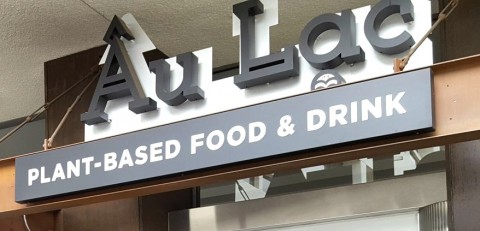

“One of the things that we like to see happen is to acknowledge the hand or mind of the builder,” says Forney, “so we sometimes ask the contractors to do things the way that they would do it.” Results include discrete patterns of painted bricks that add quietly to the building’s history.

Much of the material patina, possibly the richest in the complex, has been maintained, with wayward splotches of paint and mortar sealed on bricks and columns, and maple flooring salvaged and reused. “It’s made up of hundreds of years of workmanship and labor and handmade bricks and milled timber-all the human energy that went into making this place-and you’re kind of revealing it all at once by emptying it out on this scale.” “And what I think is happening there now is the true postmodernism.”īuilding 6, Forney says, with its one-acre floorplates, “gives the human body a chance to experience scales we don’t normally experience” in built form. “Transformative reuse is in this wonderfully rich collision area for which the rules are all currently being established,” he says. Moss, who, as “inspector to the fabric” in London, once restored such landmarks as the Church of St Martin-in-the-Fields, draws a Venn-like diagram between historic preservation and new construction. The Cambridge firm has specialized in what it calls transformative reuse since its first project, the then-countercultural Piano Craft lofts in Boston’s South End (1974), and has recently renovated Brutalist works by Sert and Breuer. Inspired by a trip to the museum in its infancy, he wanted to work with those, including founding principal Simeon Bruner and principal Henry Moss, who had designed its first phase. This requires an active listening both to myself and to, say, the footsteps, the voices, any resonant sound in the space, after which I would begin to hear ‘key’ or ‘pitch’ in the way you would normally think of it.” In those indelible moments, Davis’s sensitivity echoed that of the museum’s architects in their long, almost shockingly successful mission to convert an old electrics and textile plant to an international arts center in rural North Adams, Massachusetts.Ī mid the excitement around the museum’s epic growth spurt (150,000 new square feet, for a total of a quarter of a million ) and curatorial triumphs, two kinds of artistry have been overlooked: the attention to detail brought to this spectacular industrial building fabric, and the ways in which it supports Mass MoCA’s dynamic performing-arts program.Īrchitect Jason Forney, principal-in-charge on Building 6, has been involved with the property for 15 years-in fact, he joined Bruner/Cott & Associates largely because of the commission.

“Rather than ‘performing,’” she later reflected, “I was responding to the environment. On May 28, when Building 6 became the third and largest phase in the 18-year life of the Massachusetts Museum of Contemporary Art (Mass MoCA), a curious crowd was milling through the restored central light well when singer Helga Davis appeared, casually stood on a stair, and filled the double-height hall with wordless, sustained tones of almost primeval beauty.


 0 kommentar(er)
0 kommentar(er)
